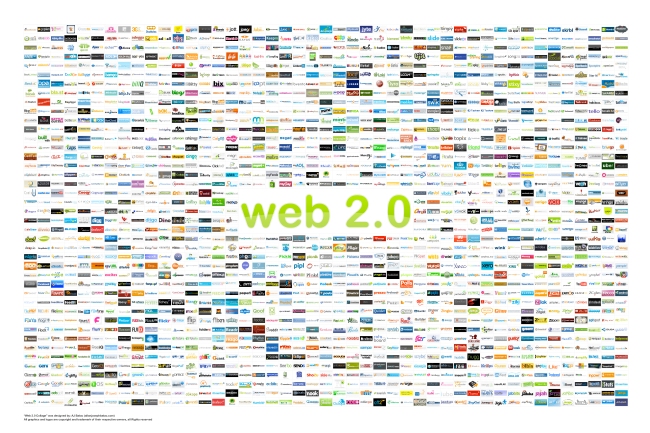My guess is that most people have seen the YouTube video, “United Breaks Guitars” created by the band “Sons of Maxwell” in 2009. David Caroll, the lead singer, tells the tale of a 9 month long saga in which he tries unsuccessfully to resolve an issue with United Airlines over a broken Taylor guitar. If you somehow missed the viral video, here it is:
As of the writing of this post, the video has been viewed over 13.7 million times. The incident sparked many scholars to begin examining the way knowledge travels during viral events, and the way in which organizations must learn to operate within this new knowledge ecosystem (Hemsley & Mason, 2013). The speed at which information is disseminated during a viral event can leave organizations overwhelmed and unprepared to deal with the repercussions.
In the case of the “United Breaks Guitars” video, the YouTube video was picked up by a popular blog just two days after it was created. The blogger learned about the video through a Twitter user. From that point the video was shared and re-shared through social media, and in just ten days it had been viewed more than 3.5 million times. Because of the popularity of the video, traditional media outlets took notice, including London Times. Within four days of the creation of the video, a Wikipedia page was created, and in just a couple of weeks it had over 1700 views (Wikipedia, 2012).
After the video reached 150,000 views, United offered to pay Caroll to essentially make the video go away. At that point he decided his experience with United was about more than money, so he turned down the offer and suggested they give the money to charity (Wilson, 2011). The winner in this situation? Caroll was possibly the biggest winner- he now travels as a professional speaker discussing social media and branding. He also created a website, gripevine.com, which is an online customer complaint platform that encourages customers and companies to resolve issues in a mutually beneficial way.
Interestingly enough, Taylor Guitars was also a winner in this situation. After hearing about the viral event, they gave Caroll a new guitar. They also made their own YouTube video empathizing with customers, and offering tips for how to travel safely with your guitar. Way to use the situation to come out on top!
Viral events have led many companies to take part in “reverse mentoring” (Hemsley & Mason, 2013). Reverse mentoring includes involving and retaining younger workers who best understand the changing face of social media. These workers in turn train other workers who may not be as educated in emerging technologies. Honestly, this strategy is the best possible way to keep up. I’m in my 30’s, and even though I pride myself on keeping up with technology, I’m noticing I find out about up-and-coming platforms primarily from teenagers! Utilizing younger workers is a brilliant way for companies to keep their finger on the pulse of the new “knowledge ecosystem”.
Sources
Hemsley, J., & Mason, R. M. (2013). Knowledge and knowledge management in the social media age. Journal of Organizational Computing and Electronic Commerce, 23(1), 138-167. doi10.1080/10919392.2013.748614
“United Breaks Guitars.” Wikipedia. N.p., 27 Feb 2014. Web. 3 Mar 2014. <http://en.wikipedia.org/wiki/United_Breaks_Guitars>.
Gripevine. N.p.. Web. 3 Mar 2014. <www.gripevine.com>.
Wilson, Richard. “A Public Relations Disaster: How saving $1200 cost United Airlines 10,722,839 Negative Views on YouTube.” Marketing Rocket Fuel. Sentium, Strategic Communcations, n.d. Web. 3 Mar 2014.

